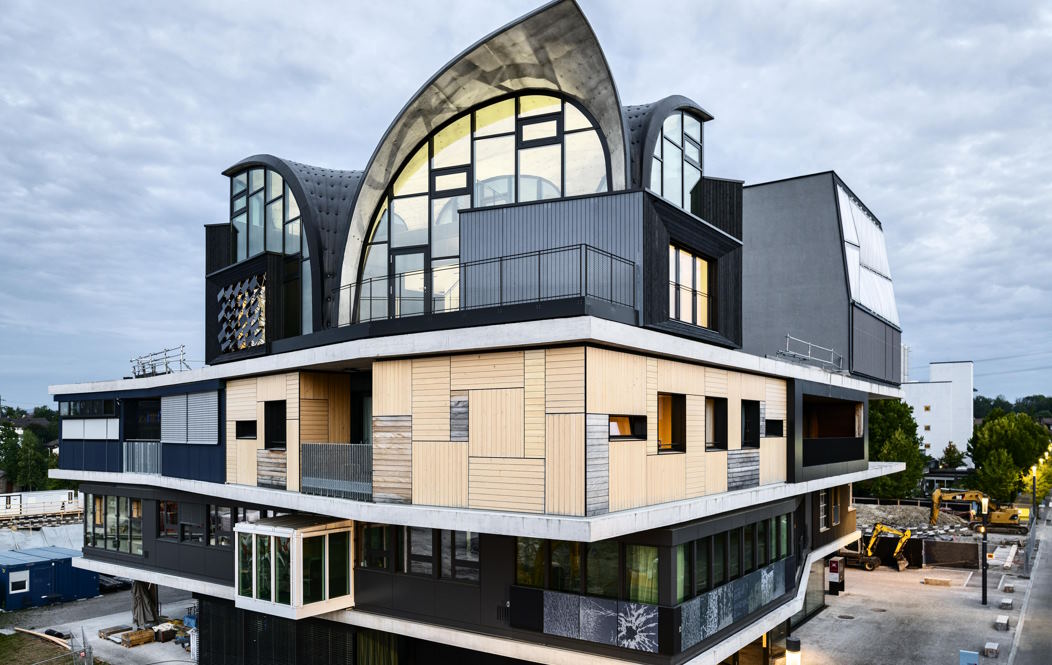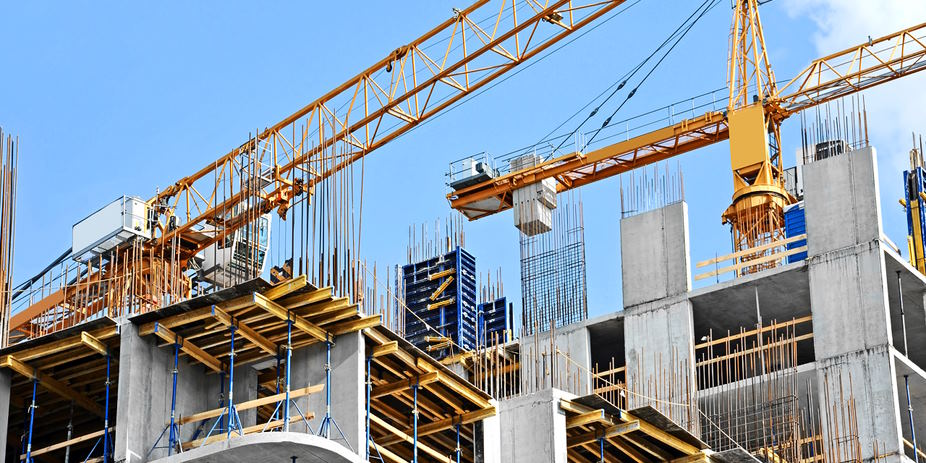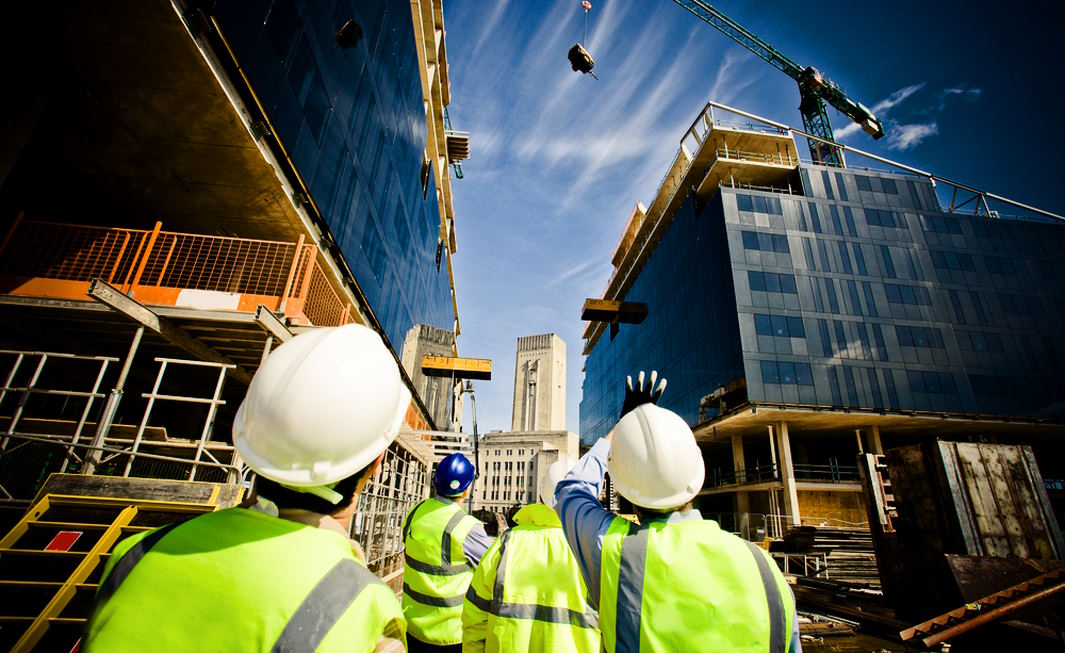Innovative Construction Techniques: What European Companies Bring to the Table
The construction industry is constantly evolving, and innovative construction techniques play a crucial role in shaping its future. European companies have been at the forefront of developing cutting-edge construction techniques that are revolutionizing the way buildings and infrastructure are designed, constructed, and maintained. These techniques not only enhance efficiency and sustainability but also contribute to economic growth and social well-being. We will explore the innovative construction techniques that European companies bring to the table.

Innovative Construction Techniques from European Companies
European companies are at the forefront of developing cutting-edge construction techniques that are transforming the way buildings and infrastructure are constructed. These techniques offer numerous advantages, including improved efficiency, sustainability, and cost-effectiveness. Let’s take a closer look at some of the innovative construction techniques that European companies are bringing to the table.
One such technique is 3D printing in construction, also known as additive manufacturing. This innovative method involves using computer-controlled machines to create three-dimensional objects by layering materials on top of each other. European companies are utilizing 3D printing in construction to create complex building components, such as walls, columns, and facades, with high precision and customization. This technique allows for faster construction timelines, reduced material waste, and increased design flexibility, resulting in improved efficiency and sustainability in construction projects.
Prefabrication involves manufacturing building components off-site in a controlled environment, and then assembling them on-site. Modular construction, on the other hand, involves creating entire sections or modules of a building off-site, and then assembling them like building blocks on-site. These techniques allow for faster construction timelines, reduced labor costs, and increased quality control. European companies are leveraging prefabrication and modular construction to construct buildings with greater speed, accuracy, and sustainability.
Green building techniques are another area where European companies are making significant strides. Green building practices focus on designing and constructing buildings with a reduced environmental impact, such as through the use of renewable energy sources, efficient insulation, and water-saving technologies. European companies are implementing green building techniques to construct energy-efficient and environmentally friendly buildings that contribute to sustainability goals and improve the overall quality of the built environment.
The use of advanced materials is also a key area of innovation in the European construction industry. European companies are researching and implementing advanced materials, such as high-performance concrete, smart materials, and nanomaterials, in construction projects to enhance durability, strength, and sustainability. These materials offer unique properties, such as self-healing capabilities, increased resistance to wear and tear, and improved thermal insulation, which contribute to the development of more resilient and sustainable buildings.

Case Studies of European Construction Projects
European companies have been at the forefront of implementing innovative construction techniques in real-world projects, resulting in impressive outcomes. Let’s take a look at some case studies of successful construction projects in Europe that have utilized these innovative techniques and the positive impacts they have achieved.
- BOD Building, Copenhagen, Denmark: The BOD Building, located in Copenhagen, Denmark, is a prime example of 3D printing in construction. The project utilized large-scale 3D printers to create the building’s intricate facade elements, which were printed off-site and then assembled on-site. This innovative technique allowed for precise customization of the facade, reduced material waste, and faster construction timelines. The BOD Building has become an iconic landmark and has showcased the potential of 3D printing in construction for creating unique and sustainable building components.
- The Tower at PNC Plaza, Pittsburgh, USA: While not located in Europe, this project involved the expertise of several European companies. The Tower at PNC Plaza in Pittsburgh, USA, utilized prefabrication and modular construction techniques to achieve remarkable results. The building’s facade was manufactured off-site, allowing for precise assembly and faster construction. The use of prefabricated components reduced construction waste and shortened the construction schedule by several months. The Tower at PNC Plaza has become a benchmark for sustainable and efficient construction practices.
- EDGE Olympic, Amsterdam, Netherlands: EDGE Olympic, located in Amsterdam, Netherlands, is a prime example of green building techniques. This innovative office building incorporates numerous sustainability features, such as solar panels, rainwater harvesting, and advanced energy management systems. The building is designed to be energy-neutral, meaning it produces as much energy as it consumes, resulting in significantly reduced carbon emissions and operational costs. EDGE Olympic has set a new standard for sustainable office buildings in Europe, showcasing the positive impacts of green building techniques on the environment and society.
- The Crystal, London, United Kingdom: The Crystal, located in London, United Kingdom, is a pioneering example of the use of advanced materials in construction. The building features an innovative building envelope made of smart glass, which adjusts its tint automatically based on external factors such as sunlight and temperature. This smart glass helps regulate the building’s internal temperature, reducing the need for artificial heating or cooling and resulting in energy savings. The Crystal has become a symbol of sustainable construction and showcases the potential of advanced materials in enhancing the performance and sustainability of buildings.


